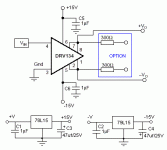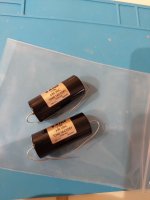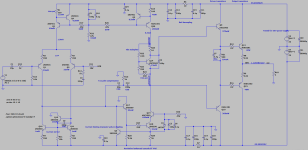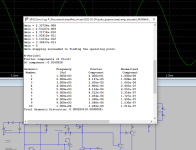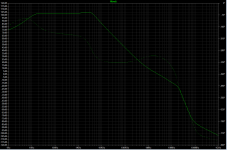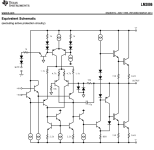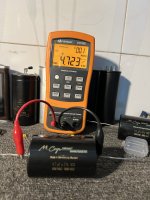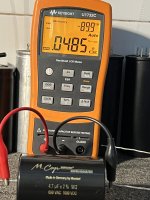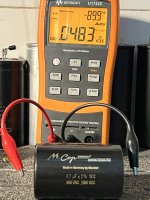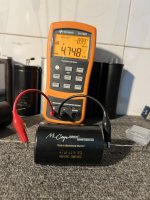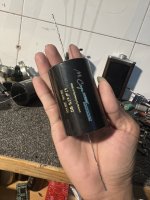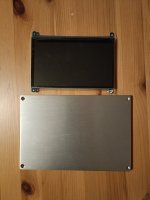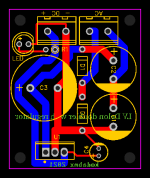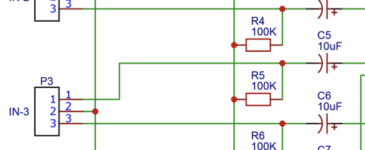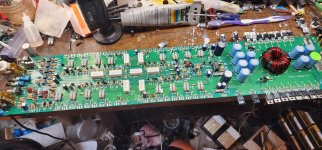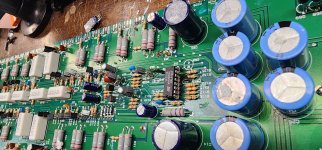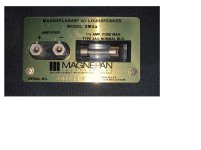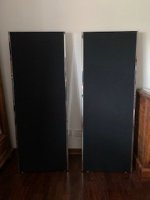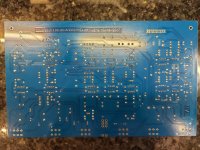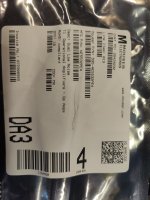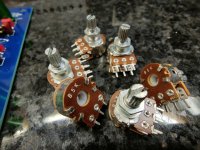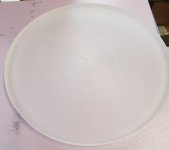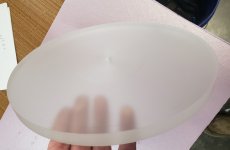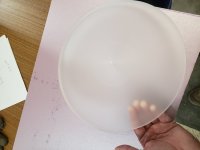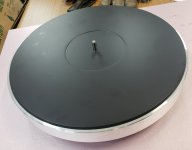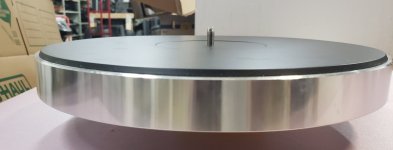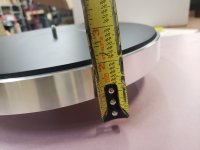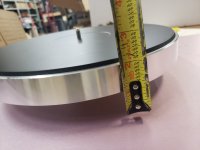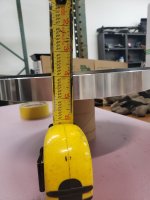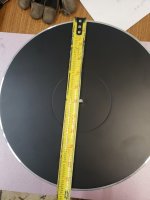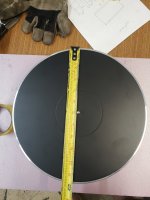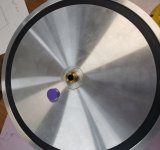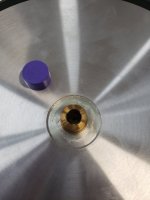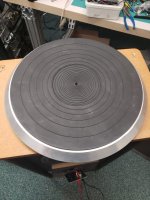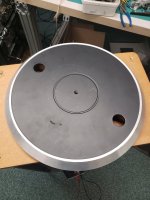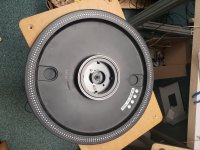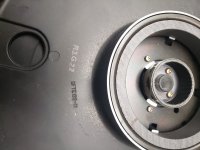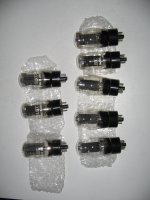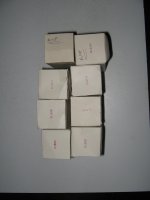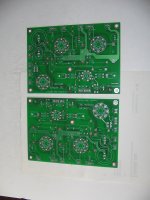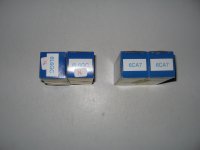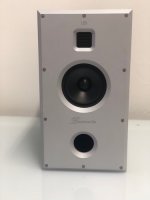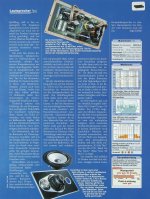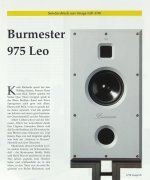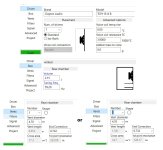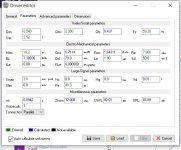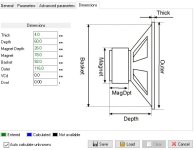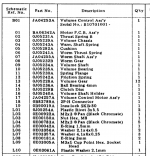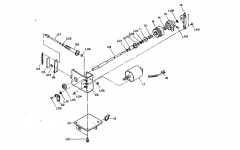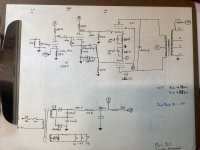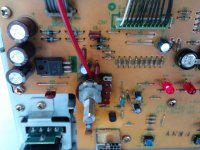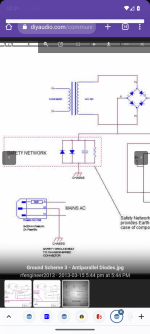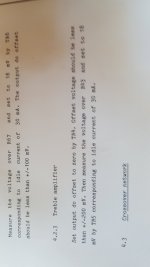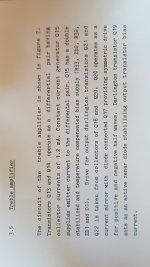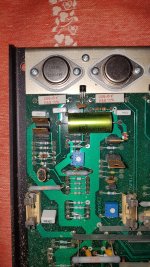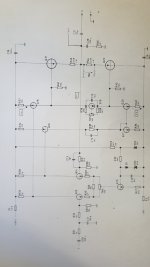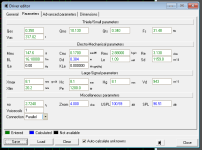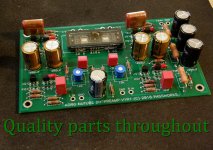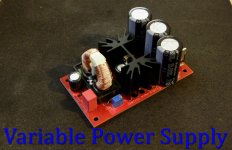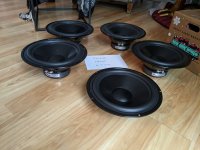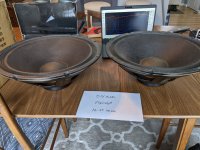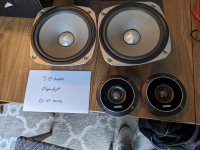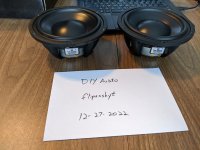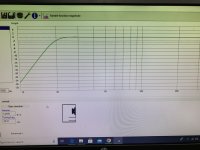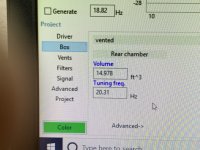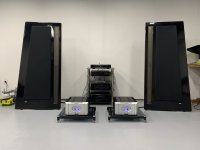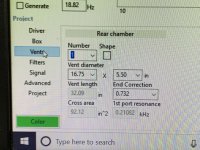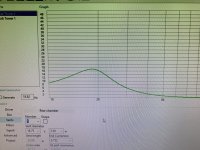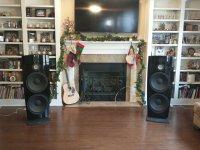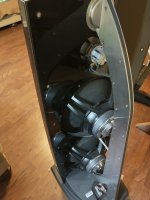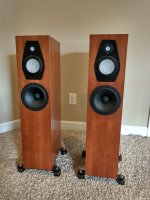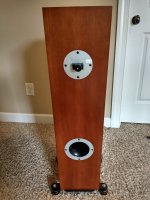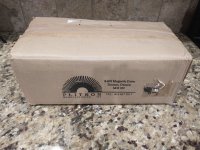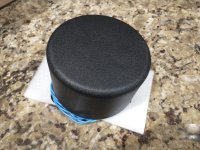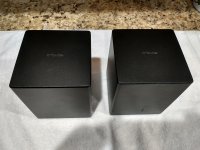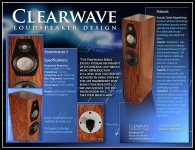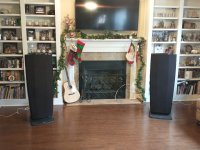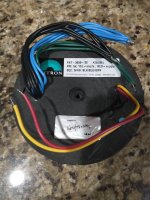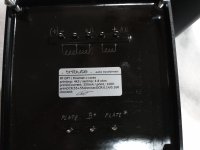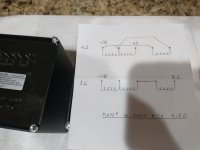Willsenton R8 supplier request
- By massb
- Tubes / Valves
- 11 Replies
Hi All
I have an R8 with what I think is a bias board issue
I have been in touch with the distributor , Audiophile Amplifier store and this was their reply to me
"We are sorry for the trouble!
Maybe we still need your help to do some tests: 1. Measure whether the light point is connected with the ground box (refer to Figure 1) 2. Turn on the power and measure whether the red point (V3) in the picture is the white line contact point to see if the voltage is between - 40 and - 45 negative (refer to Figure 1) 3. Turn on the power and measure whether the red mark point (V4) in the picture is the red line contact point to see if the voltage is between - 40 and - 45 negative(refer to Figure 2) Thank you for your understanding and trust! Take care of yourself and stay healthy. Sincerely, Audiophile Amplifier Store"
Thank you for your reply do you think it is wise for me to be testing inside a live tube amplifier? regards
"Yes, There is a fuse in the amplifier. If you operate normally, there is no problem."
With the tubes in?
"Yes"
That was the end of our conversation
Is this not a bit strange or am I being over sensitive?
I have an R8 with what I think is a bias board issue
I have been in touch with the distributor , Audiophile Amplifier store and this was their reply to me
"We are sorry for the trouble!
Maybe we still need your help to do some tests: 1. Measure whether the light point is connected with the ground box (refer to Figure 1) 2. Turn on the power and measure whether the red point (V3) in the picture is the white line contact point to see if the voltage is between - 40 and - 45 negative (refer to Figure 1) 3. Turn on the power and measure whether the red mark point (V4) in the picture is the red line contact point to see if the voltage is between - 40 and - 45 negative(refer to Figure 2) Thank you for your understanding and trust! Take care of yourself and stay healthy. Sincerely, Audiophile Amplifier Store"
Thank you for your reply do you think it is wise for me to be testing inside a live tube amplifier? regards
"Yes, There is a fuse in the amplifier. If you operate normally, there is no problem."
With the tubes in?
"Yes"
That was the end of our conversation
Is this not a bit strange or am I being over sensitive?
